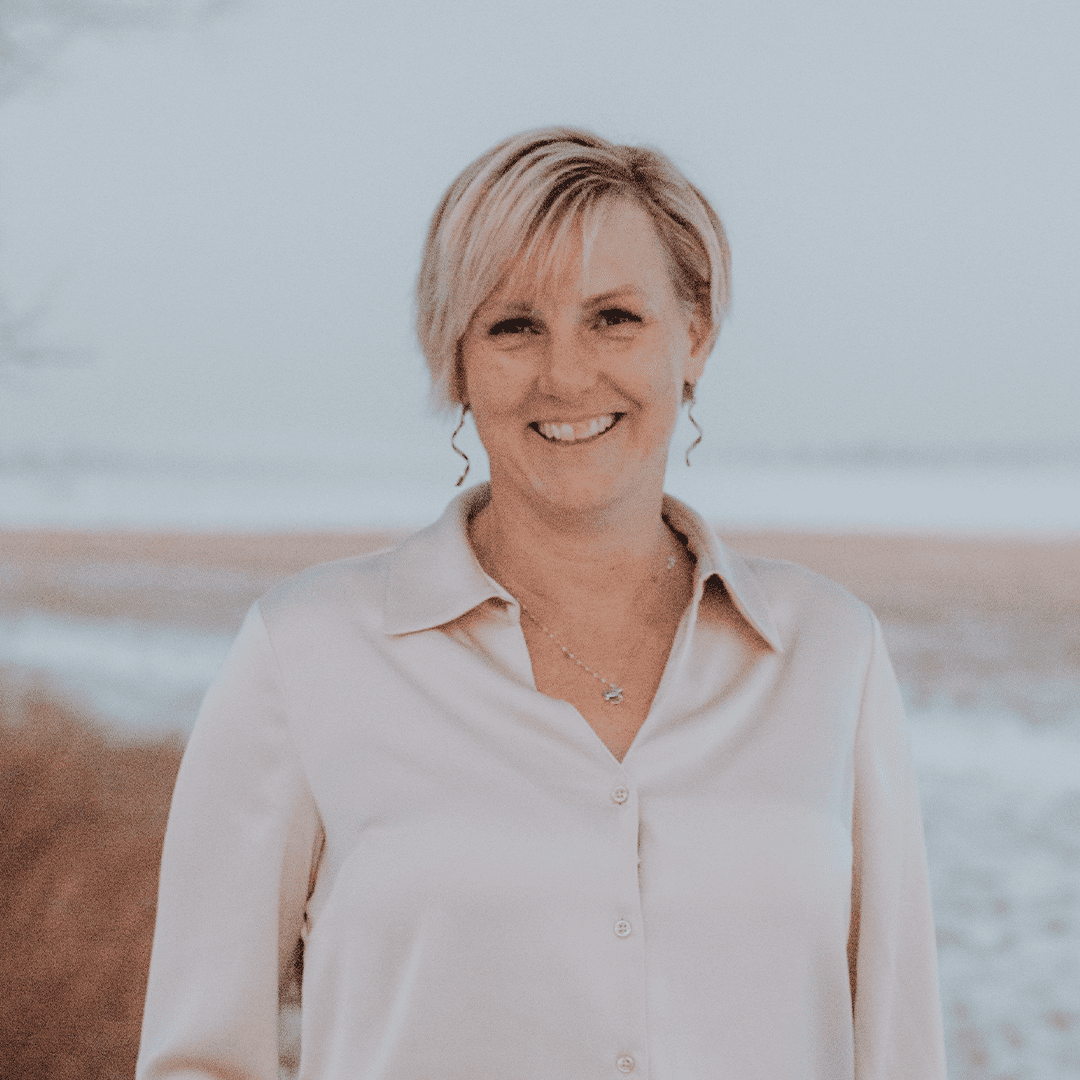Your 50s can be a golden window for retirement planning. For many, the kids are (mostly) launched, the mortgage is manageable, and peak earning years are in full swing. But while retirement may still feel distant, now is the time when a few smart decisions can dramatically shape the freedom and confidence you’ll feel later.
Here are five powerful moves to make in your 50s that can set you up for a retirement that’s not just possible—but personal, flexible, and fulfilling.
Don’t let “rules” stop you from finding out the truth
Have you heard the “rules”? You know the ones; you need your income x 25 in savings to retire; you can only withdraw 4% of your savings and index to inflation each year; you need at least 10x your final salary saved. And consequently, that number is so high that you feel you’ll retire 30 minutes before you die? Don’t let those numbers stop you from finding out what you can really do in retirement, and when you can retire.
Those “rules” were often created by financial institutions that had a business reason to keep you saving as much as possible. Work with an advisor/planner well versed in retirement income studies to put the real numbers together based on how people actually spend in retirement. You will not spend the same at 85 as you do at 65.
Your savings combined with other strategies will often get you further than you think. If your plan shows you will not have the retirement you want, you will have now have a clear vision of what you are saving for.
Discover where you are, and where you want to be
It’s no longer too early to estimate what income you’ll need in retirement. Knowing what you spend now is a good starting point, but don’t be surprised to find that it cost more than you thought to work. Start with the everyday expenses first, then add in your lifestyle goals. Do you have any bucket list items you want to check off? Upcoming help for the family? Then move to your retirement vision. Are you staying in your home as long as possible or will you downsize? Will you snowbird? Will these cost you additional money or give your savings a boost? Then layer on inflation, changes in spending as you move through retirement phases, longevity risk, and health care costs such as personal health insurance, medical travel, and long term care wishes. Your advisor will be able to create a full financial plan with stress test and risks. The clearer you are on what retirement looks like, the more accurate your plan. Remember plans are not a one and done, set in stone. Review annually to adjust for any changes and to monitor your progress.
Maximize Your Retirement Contributions in the Right accounts
This is the decade to catch up, but ensure you are investing in the right accounts to make the most of your savings. Based on your income level today and in the future determine if you should be investing in an RRSP or a TFSA and which to prioritize. Like everything else, the answer is highly personal and dependant on your situation. Your advisor can thoroughly explain the differences in the accounts and why to choose one over the other.
Eliminate or Re-Strategize Debt
True financial freedom is in not having debt obligations in retirement. That allows all your income to be used for living and gives you the flexibility to adjust if needed. Not all debt is equal, but any high-interest or non-strategic debt should be on your radar. Pay down consumer debt and evaluate whether your mortgage should be tackled aggressively or managed more gradually alongside investing.
Assess Your Insurance & Risk Exposure
Your financial plan should be stress tested for different situations. Your 50s are often the most vulnerable time as you are in your peak earning years and may be using this time to beef up your savings considerably. Could you handle a critical illness now or in retirement? Could your spouse still have a comfortable retirement if you were to pass away prematurely and no longer have your full government or pension benefits? Can you handle out of pocket medical expenses. More people are wanting to age in their home, can your finances pay for the help you may need? Do you need long term care insurance? Speak to your advisor about the risks discovered and how to mitigate those.
Start Your Retirement Income Plan Portfolio now
Your investment portfolio in retirement is not the same portfolio you had while accumulating. You will be in a completely different ball game and your portfolio needs to reflect that. Start moving your portfolio into what it will look like when you “turn on the tap”. Most often, your income producers will continue to buy more units or shares so that when you do use them to supplement your cash wedge the income is higher.
Bonus Move: Have something to retire to, not just retire from
A successful retirement is all about money. It’s about enjoying life. The happiest retirements don’t come from leaving your job, it comes from having something you can put more time and energy in that brings you enjoyment. You will want more than one. I’d hate for your golfing to become your full time job so that you end up not liking it too! Finding hobbies that you love takes time. Start now!
Your 50s offer a unique blend of financial stability and foresight. The moves you make now can help ensure retirement isn’t a cliff—it’s a comfortable, confident transition.
🗓️ Looking for a help with your own retirement plan? Click Here to schedule a 15-minute clarity call, or phone 825-659-3003.
This publication is for informational purposes only and has been prepared from public sources which are meant to be reliable. None of the information in this should be construed as investment advice. Designed Securities Ltd. (DSL) is regulated by the Canadian Investment Regulatory Organization (CIRO), and a Member of the Canadian Investor Protection Fund (www.cipf.ca). Karen Shaw is a Registered Representative with Designed Securities Ltd., operating under the trade name Birch Bay Wealth Management Inc is registered to advise in securities to clients residing in Alberta, Saskatchewan, Manitoba, and Ontario. The views expressed are those of the author and not necessarily those of DSL. This report does not constitute an offer or solicitation in any jurisdiction in which such offer or solicitation is not authorized or to any reliable person to whom it is unlawful to make such offer or solicitation. Content is accurate as of the date of publication, and subject to change without notice.

Karen Shaw is a Registered Representative with Designed Securities Ltd., operating under the trade name Birch Bay Wealth Management.
